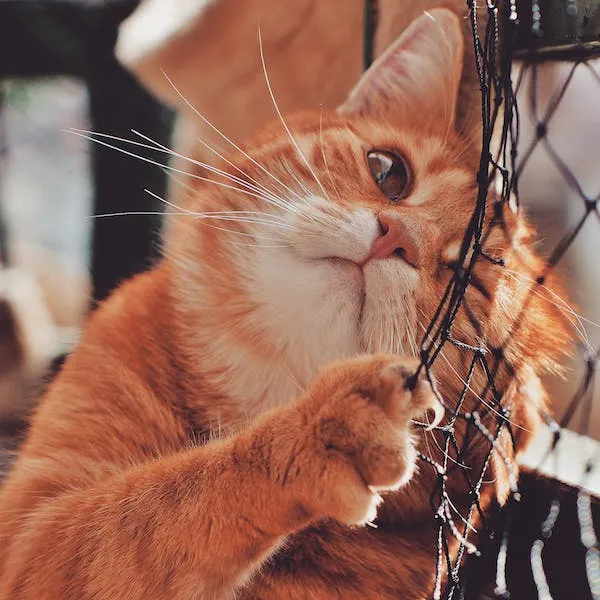
pancytopenia in cats we are dedicated to providing valuable information to cat owners. In this comprehensive guide, we will delve into the topic of pancytopenia in cats, exploring its causes, symptoms, and treatment options. Pancytopenia is a serious condition that can affect cats of all ages, and it is crucial for pet owners to understand its implications and seek timely veterinary care. Through this article, we aim to empower cat owners with knowledge to better identify and address pancytopenia in their beloved feline companions.
What is Pancytopenia?
Pancytopenia refers to a medical condition characterized by a deficiency in all three major blood cell types: red blood cells (RBCs), white blood cells (WBCs), and platelets. It is important to note that pancytopenia is not a disease itself but rather a symptom of an underlying condition that affects the bone marrow or peripheral blood.
Causes of Pancytopenia in Cats
Pancytopenia in cats can have various causes, which may include:
- Bone Marrow Disorders: Certain disorders, such as aplastic anemia, myelodysplasia, or leukemia, can impair the production of blood cells in the bone marrow, leading to pancytopenia.
- Infections: Viral, bacterial, or parasitic infections can directly affect the bone marrow or stimulate the immune system, resulting in pancytopenia.
- Toxicity: Exposure to certain toxins, such as chemotherapy drugs, pesticides, or heavy metals, can disrupt the normal functioning of the bone marrow, leading to pancytopenia.
- Immune-Mediated Diseases: Conditions like immune-mediated hemolytic anemia (IMHA) or immune-mediated thrombocytopenia (ITP) can cause destruction or suppression of blood cells, leading to pancytopenia.
- Feline Leukemia Virus (FeLV): FeLV is a viral infection that weakens the immune system and can result in pancytopenia.
Symptoms of Pancytopenia in Cats

Identifying the symptoms of pancytopenia is crucial for early detection and intervention. Some common signs to watch out for include:
- Lethargy and weakness
- Pale mucous membranes
- Unexplained bruising or bleeding
- Recurrent infections
- Loss of appetite
- Weight loss
- Rapid breathing or difficulty breathing
- Enlarged lymph nodes
It is important to note that these symptoms can also be associated with other medical conditions, so consulting a veterinarian for an accurate diagnosis is essential.
Diagnosing Pancytopenia
To diagnose pancytopenia in cats, veterinarians typically perform a series of tests, including:
- Complete Blood Count (CBC): A CBC provides information about the levels of red and white blood cells, as well as platelets, in the cat’s bloodstream. Low counts of all three can indicate pancytopenia.
- Bone Marrow Aspiration/Biopsy: This procedure involves the collection of a small sample of bone marrow to assess its cellular composition and identify any abnormalities.
- Additional Diagnostic Tests: Depending on the suspected underlying cause, additional tests, such as viral or bacterial screenings, may be conducted to determine the specific cause of pancytopenia.
Treatment Options for Pancytopenia
The treatment of pancytopenia depends on the underlying cause and severity of the condition. Here are some common treatment options:
- Supportive Care: Cats with pancytopenia often require supportive care, including blood transfusions to replenish blood cells and medications to manage symptoms and prevent infections.
- Treatment of Underlying Cause: Once the underlying cause is identified, targeted treatment can be administered. This may involve medications, such as antibiotics or antiviral drugs, or therapies specific to bone marrow disorders.
- Hospitalization: In severe cases, hospitalization may be necessary to closely monitor the cat’s condition and provide intensive care.
Preventive Measures
While pancytopenia cannot always be prevented, some general preventive measures can help minimize the risk:
- Regular Veterinary Check-ups: Routine check-ups allow for the early detection of potential health issues, including pancytopenia.
- Vaccinations: Ensuring that your cat receives appropriate vaccinations, such as those against FeLV, can help prevent viral infections that may lead to pancytopenia.
- Avoiding Toxins: Take precautions to minimize your cat’s exposure to toxic substances, such as chemicals, plants, or human medications.
Conclusion
pancytopenia in cats is a serious condition that requires prompt veterinary attention. By understanding the causes, symptoms, and treatment options, cat owners can take proactive steps to ensure their feline companions receive the necessary care. If you suspect your cat may be experiencing pancytopenia or displaying related symptoms, we strongly advise seeking professional veterinary guidance to obtain an accurate diagnosis and develop an appropriate treatment plan.
Remember, the health and well-being of your cat are of utmost importance, and early intervention can significantly improve the prognosis for cats affected by pancytopenia.
Can Cats Safely Enjoy Honey Nut Cheerios? What You Need to Know!
Can Cats Eat Nutella? (A Comprehensive Guide)

